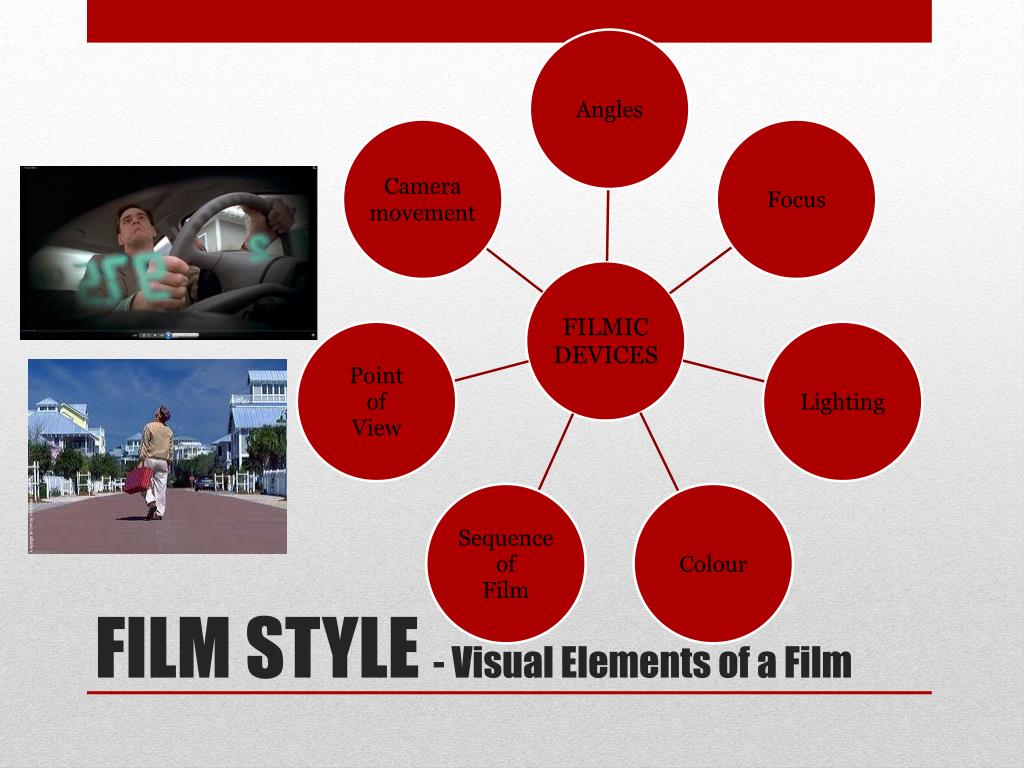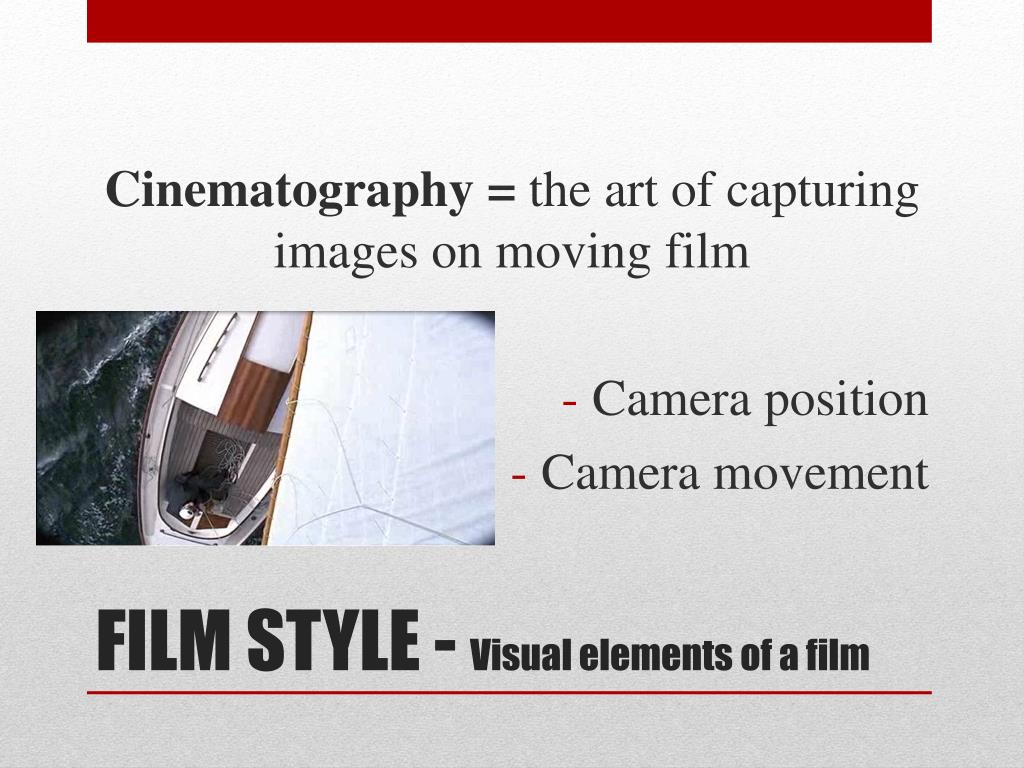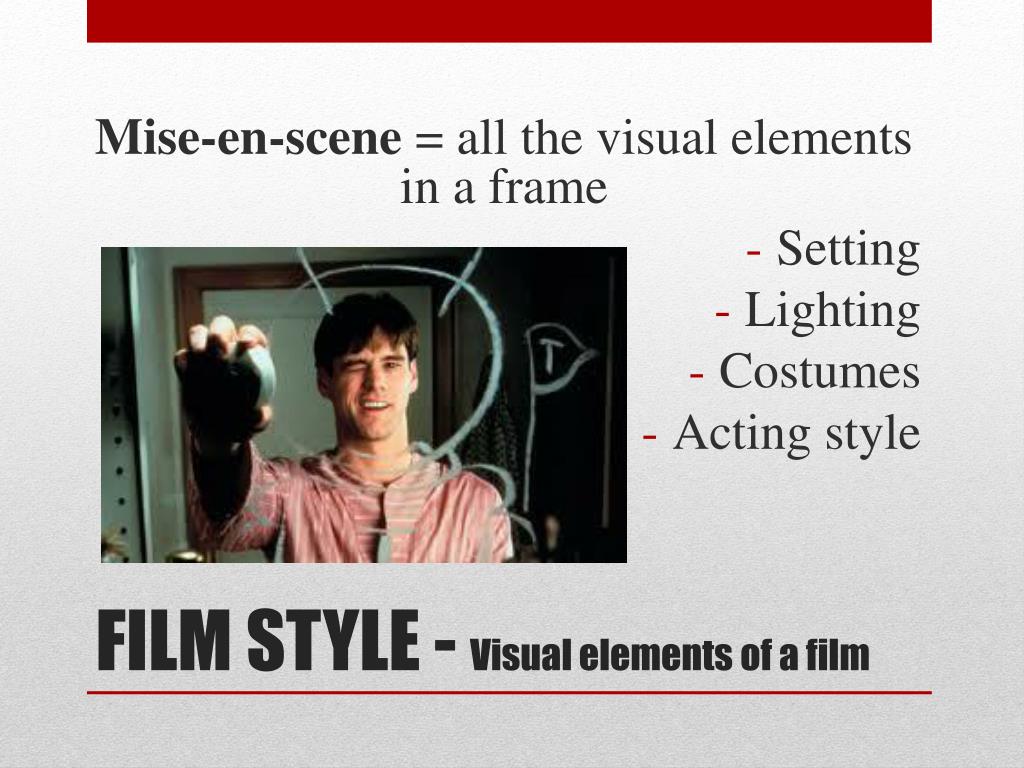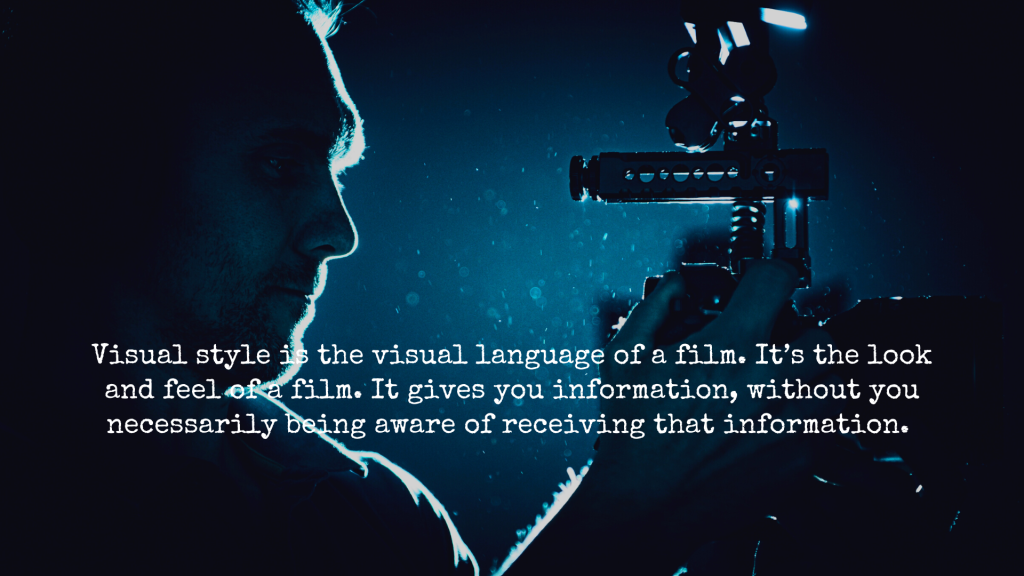Visual style is basically the visual language of a film. This article will dive into the second component on the list: They guide the artistic vision, work closely with actors to elicit performances, make decisions about cinematography and visual style, and oversee the editing process to shape the final narrative.
A Quick Guide to Visual Style CinePunked
Directors focus on the storytelling and artistic aspects of the project.
On the other hand, a film producer is responsible for the logistical and
Embrace learning as a lifelong journey and be adaptable to change in the dynamic landscape of filmmaking. Develop your unique visual style and signature aesthetic. Experiment with different lighting setups, framing, color palettes, and camera movements to define your artistic voice. Films that aim to scare, thrill, or unsettle the audience.
Key players in the process These elements are crucial for bringing a director’s vision to life, and understanding how they fit together can give you a deeper appreciation for the craft of filmmaking. The art of capturing the image. Cinematography—or the art of capturing images—is one of the most critical aspects of filmmaking.

Understanding art films takes us into a realm where storytelling diverges from mainstream cinema.
These films are characterized by their focus on the personal vision of their directors, often exploring complex themes and narratives. Art films may not appeal to everyone due to their typically slower pace and less conventional storytelling Understanding art films takes us into a realm where storytelling diverges from mainstream cinema. These films are characterized by their focus on the personal vision of their directors, often exploring complex themes and narratives.
Art films may not appeal to everyone due to their typically slower pace and less conventional storytelling The art of visual storytelling. Visual storytelling in film is a dynamic way to convey your narrative, utilizing a blend of imagery, color, and sound to craft an engaging story that resonates with audiences. Your ability to harness these elements can transform ideas into compelling visual narratives.

It refers to the visual appearance of a work of art that relates it to other works by the same artist or one from the same period, training, location, “school”, art movement or archaeological culture:
“the notion of style has long been the art historian’s principal mode of classifying works of art. By style he selects and shapes the Cinematographers, also known as directors of photography, are responsible for capturing the visual elements of a film. They work closely with the director to create the film’s visual style and mood.
Cinematography requires a strong technical knowledge of cameras, lighting, and lenses, as well as a creative eye for composition and framing. This signature style is evident in films such as the grand budapest hotel where every frame could stand alone as a piece of art. Statistics on film d’auteur can be elusive due to their nature; However, box office performance can sometimes surprise us.

While commercial success isn’t the aim for many auteurs, some have broken through:
Film techniques and aesthetics' by michael rabiger provides a comprehensive understanding of the art of directing. This book emphasizes both the technical and artistic aspects of filmmaking. Rabiger fills the pages with practical advice and essential knowledge for every stage of production. Their expertise in lighting, camera movement, and composition ensures that each frame is a work of art that supports the film's narrative and mood.
Collaborating with the director to create a visual style and tone for the film; Selecting appropriate camera equipment, lenses, and filters based on the film's visual Learn the art of documentary filmmaking with an exploration of techniques used to craft visual narratives that captivate and inform. Today, film directing has become an art form that is celebrated globally as filmmakers continue to push the boundaries of what is possible with visual storytelling.

From steven spielberg’s jurassic park to ava duvernay’s selma, each director brings their unique vision and style to cinema that shapes how audiences see and experience films.
A key component of a director’s visionary status is their involvement in multiple aspects of production. From screenplay writing to editing, these multifaceted artists shape the narrative, visual style, and pacing of their films, curating experiences that reflect their personal artistic ethos. Understanding the components and elements of film form is crucial for analyzing the technical and artistic aspects of a film. Film form plays a significant role in storytelling, impacting narrative structure, character development, and emotional influence.
A style of filmmaking that attempts to duplicate the look of objective reality as it's commonly perceived, with emphasis on authentic locations and details, long shots, lengthy takes, and a minimum of distorting techniques. Founded by the lumiere brothers. Filmmaking is a multifaceted and intricate art form that involves the collaborative efforts of various individuals and departments to bring a cinematic vision to life. At its core, filmmaking is the process of creating a motion picture, capturing and conveying stories through a combination of visual, auditory, and narrative elements.
Cinematography is the art of capturing moving images on film or video.
It combines shot composition, lighting design, and camera movement to create a visual style that conveys story elements and emotion. Cinematographers must have an eye for detail, an understanding of color theory, and be able to think in both creative and technical terms. Visual style is basically the visual language of a film. It’s the look and feel of a film.
In this article, we’ll look in more detail at what we mean when we talk about cinematography and how we can use it to understand the language of film. Cinematography refers to every aspect of visual information that’s created specifically with the camera. The following elements are all aspects of cinematography: Through deliberate choices in lighting, camera angles, framing, and movement, cinematographers craft the mood, tone, and emotional impact of a film.
Every visual element contributes to storytelling, guiding the audience’s focus and evoking specific emotions.
Understanding and developing a distinct visual style is crucial for filmmakers and creatives. It's the art of using visual elements to define and express an identity. The role of visual elements in style In the last post, we looked at the elements that make up cinematography, one of the three components of a film’s visual style.